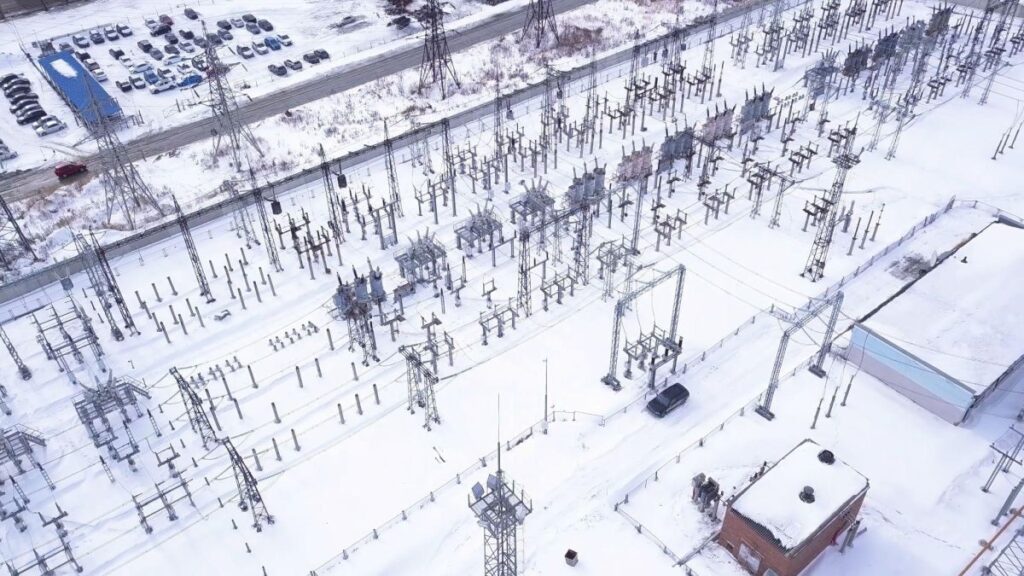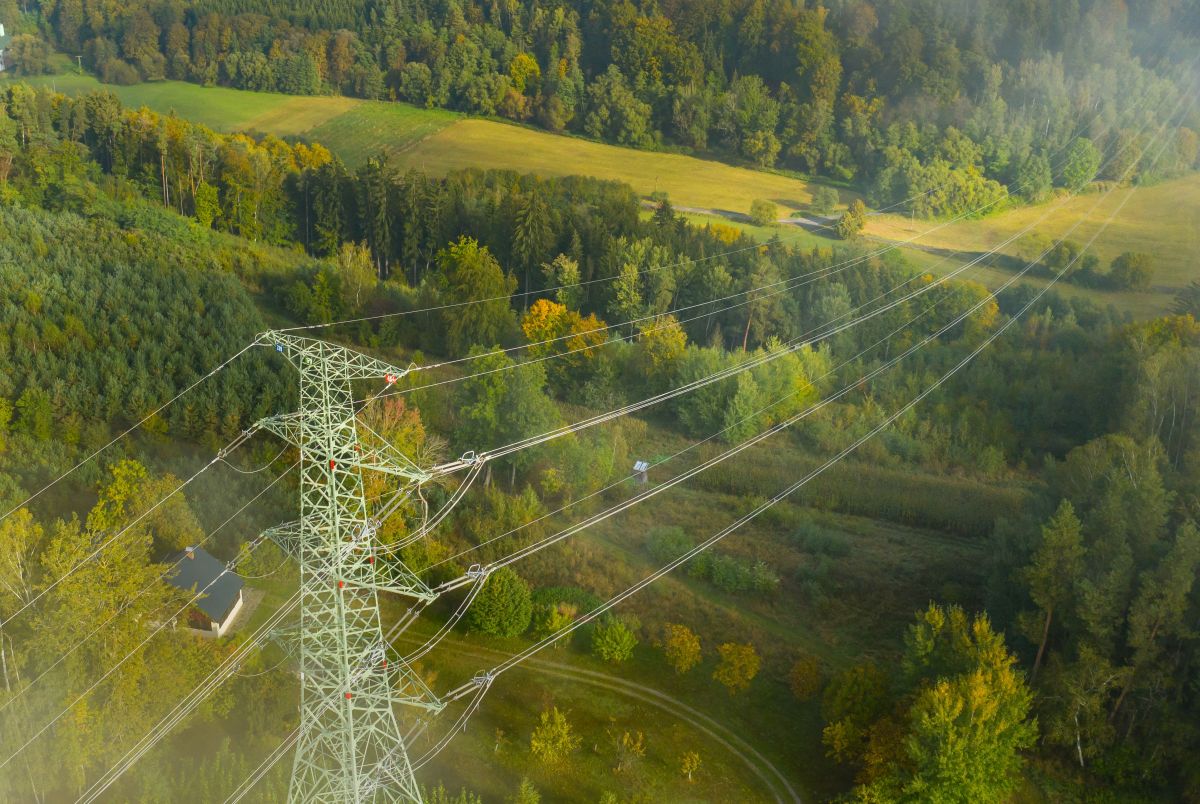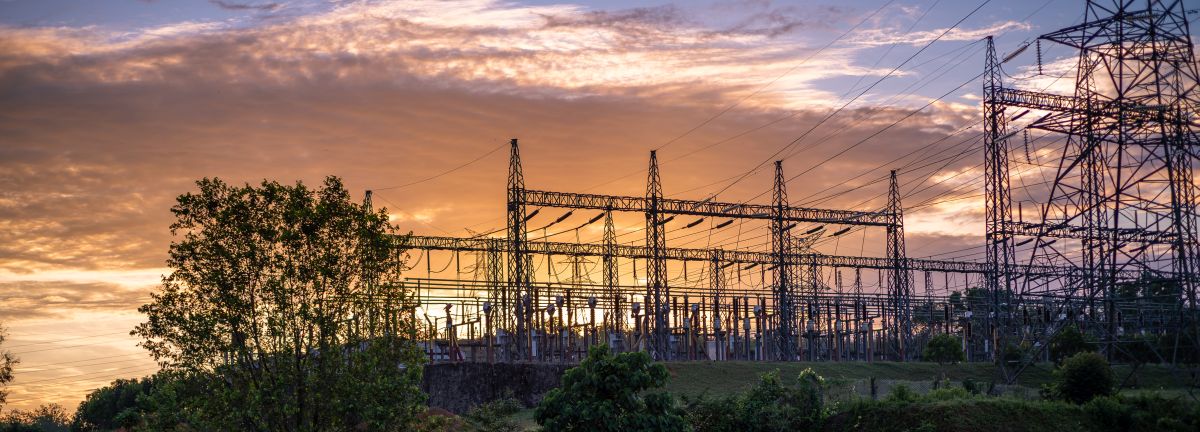WWW.RENEWABLEENERGYWORLD.COM
A report released by the National Renewable Energy Laboratory found that the existing power grid in Alaska known as the Railbelt can support 200 MW of tidal energy and up to 300 MW with grid upgrades.
In Alaska, tundra and forest separate cities and villages, dividing the state into more than 150 isolated power grids. The Railbelt, the largest such grid, carries 70% of the state’s electrical energy to about three-quarters of its population. Today, that grid runs mostly on natural gas.
But Alaska’s Governor, Mike Dunleavy, wants to change that. “Despite Alaska’s position as a leading producer of energy, the cost of energy in Alaska, especially in our rural communities, is extremely high,” he said in a 2023 press release.
Dunleavy wants 80% of the Railbelt’s electricity to come from renewable energy sources by 2040 – to achieve the state’s clean energy goals and lower its high energy costs. Switching to renewables – including hydroelectric, wind, solar, geothermal and tidal power – could reduce the state’s spending on electricity generation by about $100 million per year (starting around 2030). Cumulatively, those savings could total $1.3 billion, according to the new NREL study.
The study, funded by the U.S. Department of Energy’s (DOE’s) Water Power Technologies Office, examines how much value the tidal energy industry could bring to the Railbelt grid. The Cook Inlet, which flows up to the center of the Railbelt in Anchorage, contains some of the largest tidal energy resources on Earth (including about one-third of the U.S.’ total tidal power). But because tidal energy is still relatively new, its potential value is not always fully understood.
Working with Homer Electric Association, the utility serving the portion of the Railbelt grid that borders the inlet, the NREL team developed a grid operations model. With that model, they discovered that not only could tidal energy play a valuable role in decarbonizing Alaska’s biggest grid, but it could also boost the state’s economy.
“The existing Railbelt grid can support 200 MW of tidal energy, and with planned grid upgrades, it could support up to 300 MW,” said Marty Schwarz, a power systems modeler at NREL and an author on the study. Those 200 MW could power about half of the homes in Anchorage, Alaska’s largest city; 300 MW could power almost all 118,000 homes.
Because tidal energy is consistent and predictable, it makes a reliable complement to variable renewable energy sources like solar and wind energy. Tidal energy could provide a stable foundation for the Railbelt’s transition and could, the team found, help reduce the grid’s carbon emissions by up to 37%.
Cook Inlet’s tides carry far more than 300 MW of energy. But even if the Railbelt’s transmission system cannot support it all, that does not mean all that energy has to go to waste, NREL said. The excess could power the production of clean fuel sources like hydrogen or ammonia. “Tidal energy could help make Alaska a leading exporter of renewable energy,” Schwarz said.
To get to their estimates, the team designed the grid operations model to combine theoretical and real-world data – including, for example, the amount of tidal energy theoretically available in each hour of the year 2035, as well as how much of that energy the Railbelt grid could handle.
The team’s calculations assume tidal energy technologies will achieve commercial success by 2035, which is possible but not guaranteed. They also do not include the technical costs of developing these technologies or consider regulatory and other challenges that arise when working with multiple utilities to coordinate large-scale renewable energy projects.
If tidal energy technologies do make it to market, tidal energy could meet about 14% of the total Railbelt electrical demand in 2035, McGilton said. That percentage could increase to 20% if Alaska upgrades its transmission system. The Kenai Intertie, the only transmission line that connects the Kenai Peninsula and Homer to the Railbelt system, can only transfer about 75 MW of electricity.
The Alaskan government is discussing how to make these transmission upgrades. In the meantime, the NREL team will continue to examine the value of other marine energy resources – like ocean current energy in Florida and wave energy in Hawaii. All this data will help researchers, as well as local governments and utilities, quantify how this budding renewable resource could support their clean energy transitions.
NREL is a national laboratory of the DOE, Office of Energy Efficiency and Renewable Energy, operated by the Alliance for Sustainable Energy LLC.











